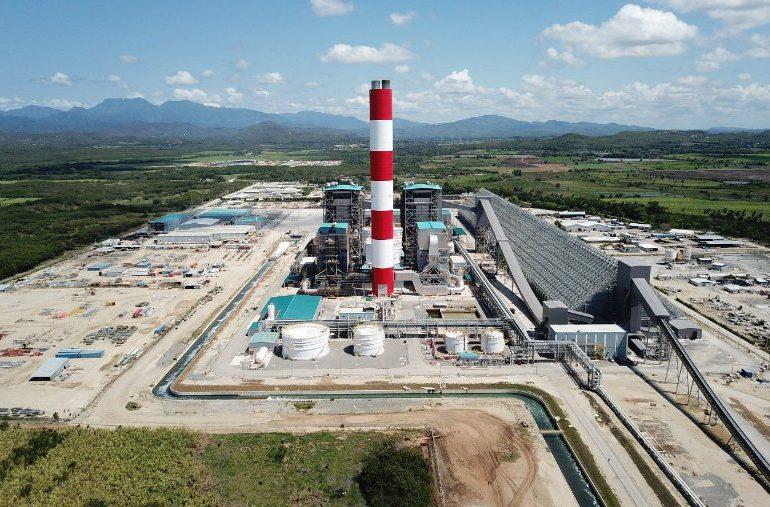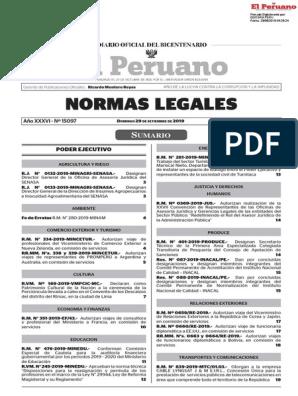Asthenia of the legal discussion: The case of the Punta Catalina Trust
By: Francisco Alvarez Martinez
I anticipate that we will not be ambitious, we will play the legal alchemist. We will take a part of the Punta Catalina contract, we will evaluate it in the mirror of its RD Vial counterpart, and from that study of legal logic we will draw some conclusions that will be more to generate doubt, and from there, hope that they will be encouraged to see that the discussion is not inert.
And the reason, before you ask, to take that specific contract, is that most experts have agreed that, since that contract has been in operation for several years, we cannot be surprised "now" with the one for the thermoelectric plant. .
Let's get into the matter. For those who have not been able to see the "TRUST FOR THE OPERATION, MAINTENANCE AND EXPANSION OF THE MAIN ROAD NETWORK OF THE DOMINICAN REPUBLIC (RD VIAL)", I tell you that it is practically the basis of the later (and current) Trust to operate Punta Catalina . Making light use of the word, we could say that 85% of the content is a carbon copy, which helps us neophytes to be able to focus on the changes and, from there, extract some interesting point. That is, Simply by seeing the changes introduced to the new contract, we can try to interpret, from its impact, some realities. And for this I will start from an assertion: There are scenarios, although unlikely, where a third party could end up being a partial owner of Punta Catalina. For this reason, we cannot say emphatically (and without a doubt) that, with the current morphology of the contract, the thermoelectric plant cannot be “privatized”.
So let's talk about public debt, guarantees and creditors. To do so, we are going to place article 15 of the RD VIAL contract first, and then article 14 of the Punta Catalina contract, highlighting in yellow what was eliminated from the first and was not included in the second. Let's see:

So what was removed? We are going to segment the deleted paragraph to comment on it. “with the understanding that the risk that the assets, rights and products in general, the other income of the Trust Estate, including Toll Fees, would not be sufficient to make said payment”.
The first part of the deleted text remained of cardinal importance in the relationship between “investors” and their long-term claims.
In terms of public trust, according to RD VIAL, investing in it is a luxury, not a favor. For this reason, the document clearly recognizes in its original version that there are scenarios where assets or productivity are not sufficient to supply what was promised to that investor. The success of the investors is not assured. "It will be borne exclusively by the Creditors or Third Parties who have assumed the respective risk, so they will not originate public debt." The second part, as a result of the contractual admission and joint acknowledgment that it may be that not everything happens as expected, it indicates to the parties that that investor, creditor or third party, assumed a risk. This is why we said before that investing in the trust was a luxury and not a favor. Whoever decided to invest, according to RD VIAL, does so because he knows that it is a good opportunity, but he also recognizes that he may lose the return and, even in this scenario, not be able to affect that public trust fund.
The creditor took a risk, no one forced him. So why remove this part? That is a good question and we will not go through the exercise of trying to answer it.
What we do know is that, without this, important barriers are eliminated that protected the assets of those third parties that, eventually and if the "business" does not meet their expectations, could seek to deduct additional consequences against the Dominican State and especially the Trust assets. .
And to end the monologue, a very brief reflection.
Starting from the possibility that an investor, creditor or adhering trustor has important expectations about the trust property, and as a result, the real possibility that the "legal business" is not sufficient to meet their claims.
All together with a practical elimination of containment barriers and added the absolute absence of legislative provisions that limit the interaction of third parties with public trusts, we can conclude that - until now - what we have are expert and very important opinions, but they are still mere opinions.
And what happens in an ambiguous contractual relationship, without a special law to regulate it and with interconnected gaps that deepen the ambivalence of legal interaction? The need will be generated for the variables and discrepancies of criteria between the parties to be resolved judicially. And then, the jurisdictional solution translates into additional uncertainty as to what that empowered Court could order. But, without a doubt, with great or little probability, one of the possibilities could originate from the interpretation that, for the Court, the assets of the trust estate are the guarantee of the creditor, and what is guarantee – eventually – can be , according to the route chosen, affected in favor of the creditor.
The doubt, the possibility, that improbable perfect storm, is enough for us to understand that not everything is clear and that with the public heritage "one does not play".
We are going to discuss the contract, we are going to reform it so that the benefits of the previous ones are not eliminated and the shortcomings of all are clearly supplied.
We do not have a suitable law, but we can contractually come close to having an acceptable security that allows us all to be satisfied.
We are on time.


